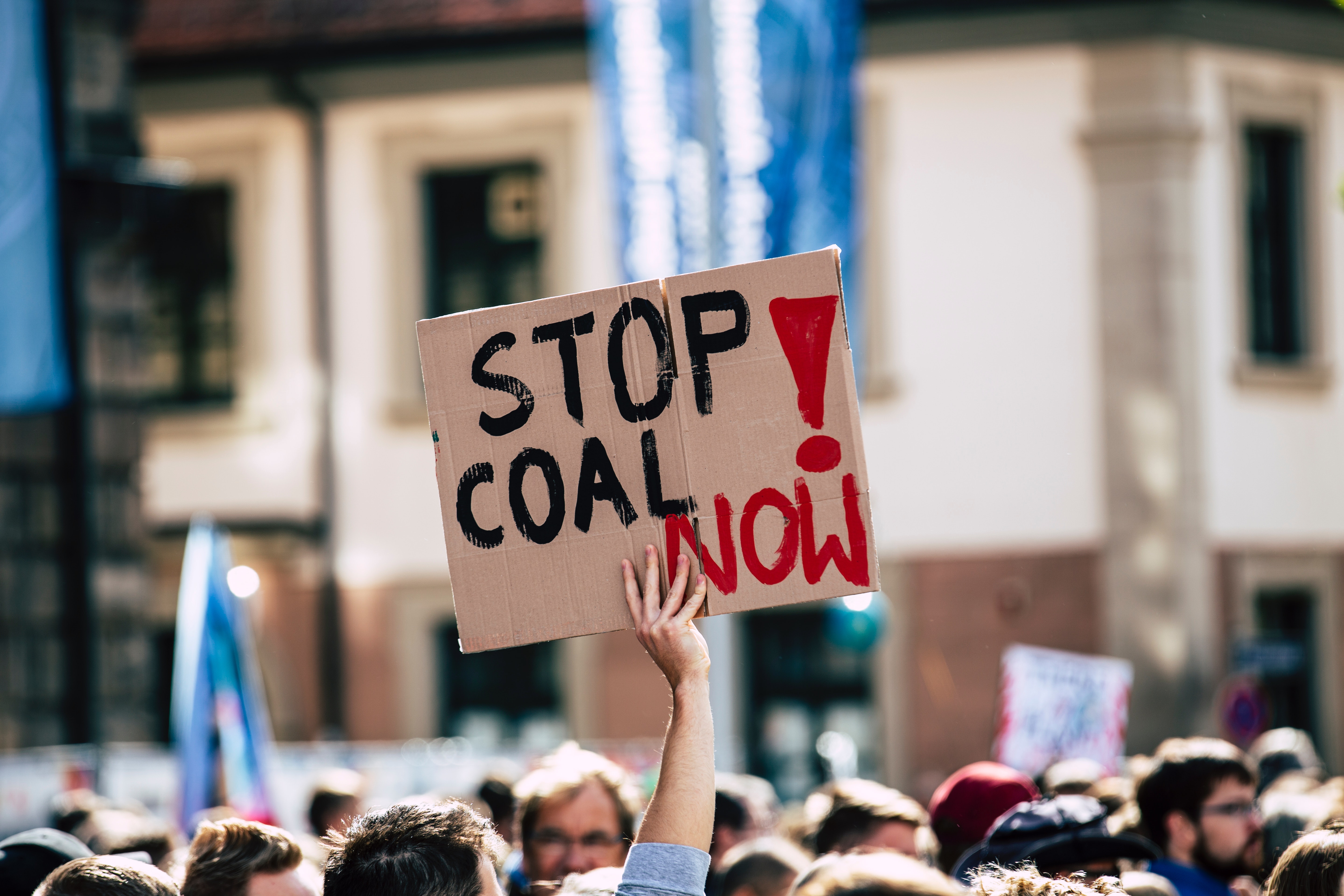Who Are The Key Stakeholders in Renewable Energy Projects?

Need to find out who the key stakeholders are for your renewable energy project?
Whether you’re starting with a blank page, or a long list of potential stakeholders, it’s critical to identify the right stakeholders so that you can effectively and efficiently engage with them. With project milestones and reporting deadlines fast approaching, time is of the essence…
So where do you begin?
Of course, your stakeholders will include anyone that is impacted by, interested in, or may have an influence on your project… and that generally adds up to a lot of people and organizations. Your key stakeholders, however, are generally those that pose the greatest potential risk to your project, or those that are most critical to the success of your project.
We’ve worked with a lot of companies operating in this space over the last few years (including solar energy providers, wind farm projects, and hydroelectricity), so we’ve got a pretty good idea about the most common key stakeholders in renewable energy.
So, to give you a starting point (and get you thinking about how to engage with these stakeholders), we’ve put together a list of our top seven stakeholder groups for renewable energy projects.
1. Landholders or Managing Agents
For many projects, the landowners or managing agents are key stakeholders because they’ll likely be impacted more than anyone else. Coming under this general umbrella, you may also need to track and manage any local management groups or onsite operators. This includes the employees or site managers who are responsible for operating the site on a day-to-day basis (after construction is complete). These stakeholders are a key point of contact for any maintenance contractors and visitors.
For example, some of our clients at Simply Stakeholders are building wind farms on properties and need to track the stakeholders they have landholder agreements with (i.e. the people who own or manage the land that the wind turbines are being installed on). Our client needs to track their engagement with these key stakeholders, details of the agreement/easement, the number of turbines, compensation info, land access info, and any key contacts that are connected with the landholder (like their solicitor). In Simply Stakeholders, it’s easy to attach all this information to the property record for tracking and reporting.
2. Construction Team
The construction team is another potential key stakeholder in renewable energy projects, especially in the design/construction phase. This group might include general contractors, architects, and construction firms.
One of the key challenges with this group is keeping everyone on the same page and coordinating their roles, processes, and milestones. They require regular communication and updates, information that relates to the technology they’re working with. Managing this stakeholder group can help to minimize unnecessary delays, wasted materials, and associated costs — and help keep everyone happy.
3. Neighbors
The local residents closest to the project are another key stakeholder. Although this group may not have infrastructure installed on their land (like the landholders do), they may still be impacted by construction activity and you may need their cooperation to move forward. This is especially common with wind farms in rural areas that have limited road access, as materials will need to be trucked through neighboring properties.
For easier management, you could create multiple groups for neighbors based on their distance from the project. For instance, you could set up a 1 km radius group and a 2-3 km radius group. This would allow you to create communications specific to each, and track their responses separately.
4. Local Residents & Community Members

Most renewable energy projects will require engagement from community members to gain acceptance, manage expectations, and increase understanding. Identifying the beliefs and level of support within the local community can be an important part of the engagement that allows you to overcome challenges like low awareness levels, poor communication, and misperceptions.
And of course, involving community stakeholders can pave the way for a more sustainable business model that addresses economic, social, and environmental factors — and considers the needs of future generations.
Bringing this back to a real life example, one of our clients at Simply Stakeholders recently needed to engage local residents within a 15 km radius of their project. Even though they weren’t directly neighboring the development, there was a strong likelihood that some community members would be related to people who were close to the property — and that their opinions may have an influence on other stakeholders. In small, rural communities where everyone knows everyone, this is often the case!
5. Governments & Regulators
Another key stakeholder in renewable energy is the government. Without good relationships with local government representatives, you might find it difficult to move forward with your project and approvals. So, it’s certainly worth engaging with this key stakeholder. Regulators are also key actors for designing future legal frameworks that will impact your renewable energy project, so you may want to target them with lobbying activities.
However, don’t assume that all ‘government’ stakeholders will require the same approach! You’ll need to account for different stakeholders’ perspectives, values, and interests to understand whether they present as a risk to the project. For example, one case study that looked at renewable energy policy implementation found three main perspectives in different levels of government — promoting the local development and production of energy, promoting a national level greener environmental agenda, and empowering regional governments to implement energy policies. If your government stakeholders are not closely aligned, you might need to create multiple segments to target specific issues and interests.
6. Local Businesses
Local businesses are often another key stakeholder in renewables, as they may have something to gain or lose from the project. On the one hand, they could be optimistic about the job opportunities and a potential influx of people into the area. They may also be keen to embrace more green energy. On the other hand, they may have concerns about construction, noise, transport disruptions, and other changes to the area that could hurt their business. Engaging with these stakeholders can allow you to address their concerns, take their perspectives into account, and perhaps find ways to work together.
In certain projects, you should also consider that some local business stakeholders might be competing with each other for local resources, including finances, water, and land. You might need to coordinate with these stakeholders to ensure resources are allocated fairly, and facilitate communication between different groups.
7. Universities
Universities are an important stakeholder in some renewable energy projects. They may be involved in training local engineers or technicians to install, operate, or maintain equipment. In some cases, they may also be involved in onsite research, especially as clean, renewable energy is an important emerging technology.
By tracking these key stakeholders, you can quickly reach out to the relevant research contact with new training information or project updates.
Manage Renewable Energy Stakeholders with Simply Stakeholders

So, now you’ve identified your key stakeholders… what next?
If you haven’t already got a stakeholder management solution, try Simply Stakeholders! Use the platform to segment each of your stakeholders into relevant contact groups based on their characteristics. For example, you might create groups for:
- Neighbors (1 km)
- Neighbors (2 km)
- Community (15 km)
- Landholders
- Regional government
- State government
- Education providers
From there, you can tailor your engagement to each of these groups. For example, you could do a letterbox drop that informs nearby residents of upcoming work. Or you could send critical information to specific groups via an email or SMS with a touch of a button. Plus, there’s so much more you can do, from analysis and mapping to tracking and reporting.
Reach out to the team if you’d like to book a demo of Simply Stakeholders!






























